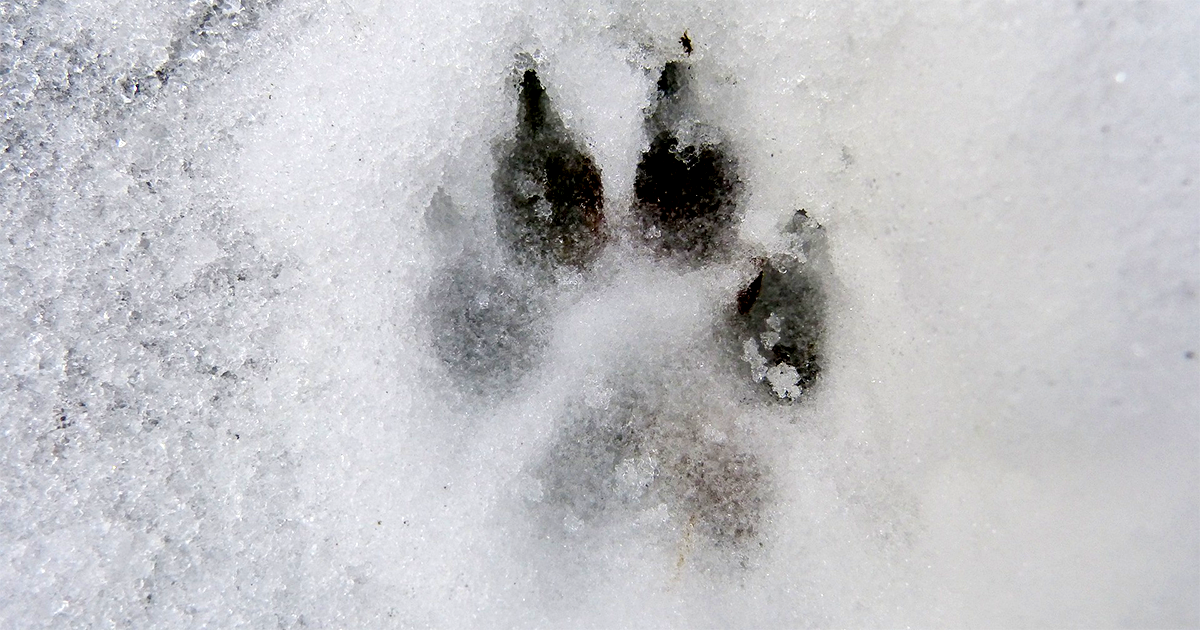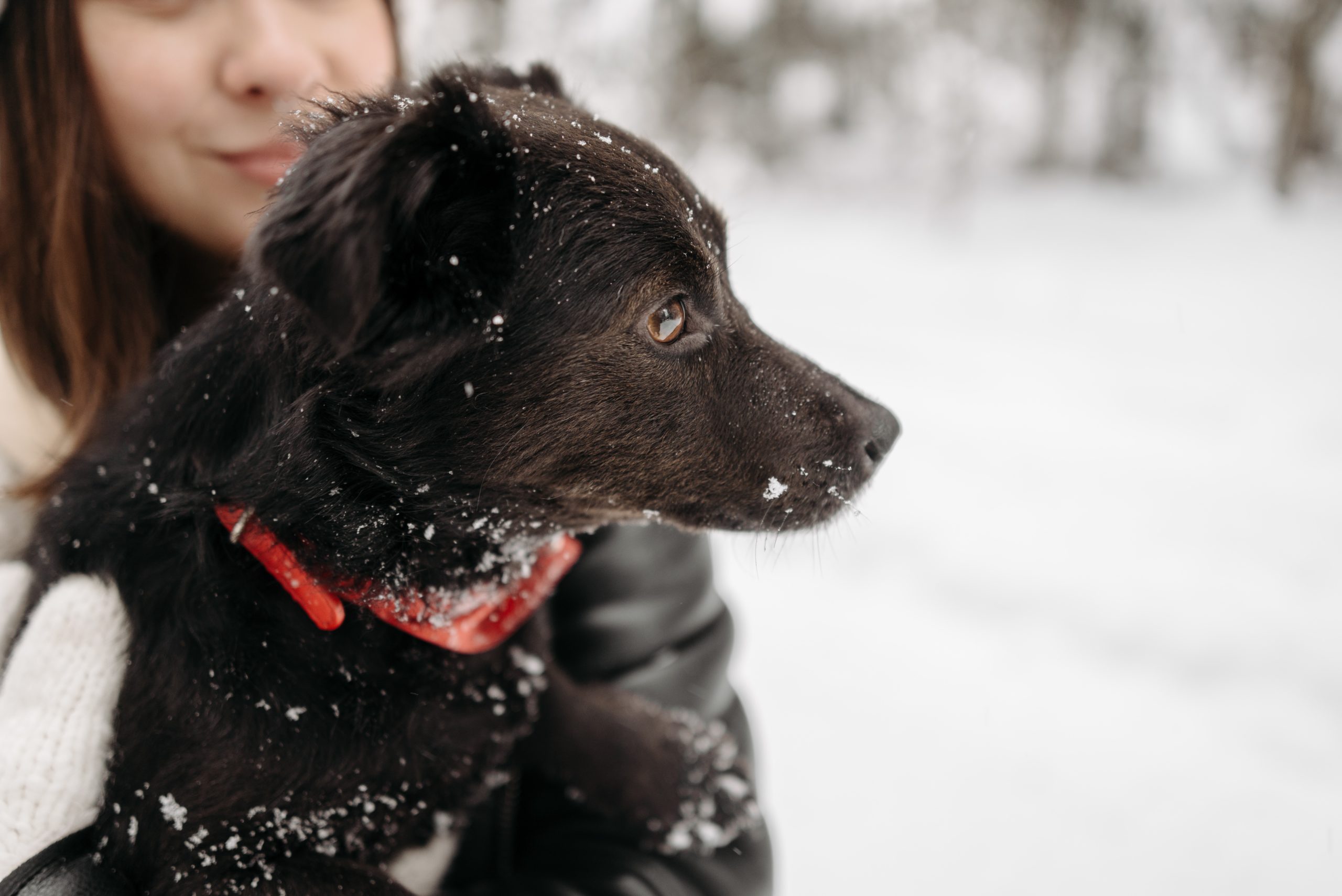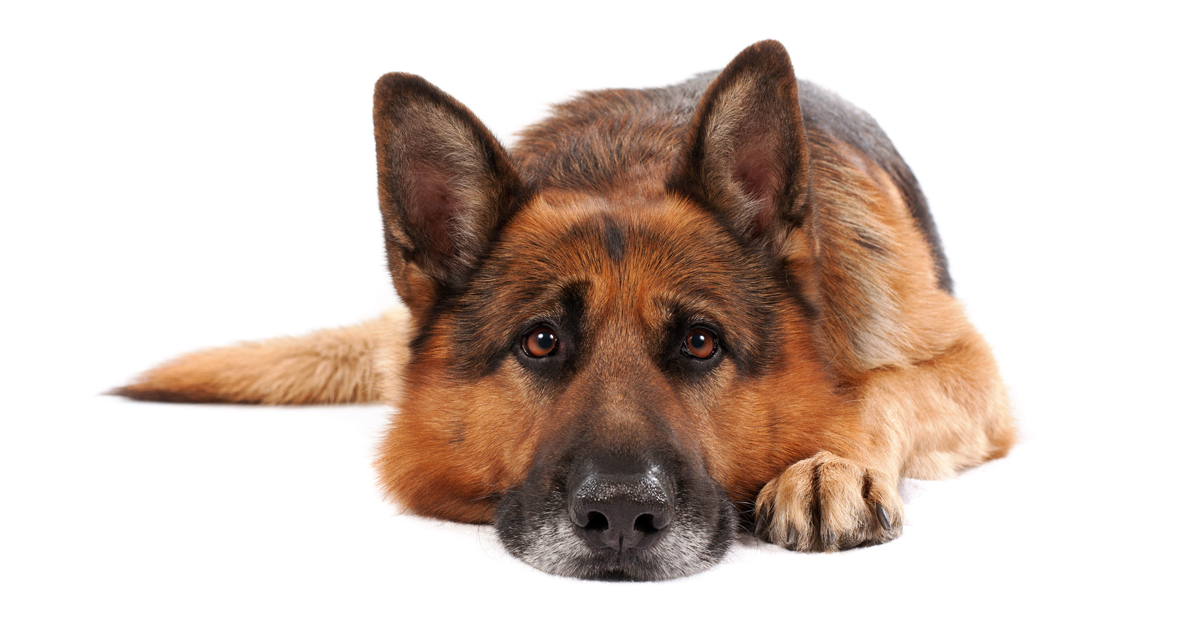I’ve written at length about the dangers of heat and the sometimes unforeseen risks of walking your dogs during the hazy summer days, but now the cold has well and truly crept in, it is time to consider how we keep our puppies happy and healthy this winter.
Toxins
With the recent snow, we’re used to feeling grit and salt crunching beneath our feet when walking outside – but have you stopped to consider the effect that has on tiny paws?
Irritation from salt can lead to dryness, irritation and cracking of the skin on dog’s footpads, and ingestion of the salt from excessive licking of those paws can lead to toxic levels of sodium in the blood, which can lead to dehydration and even kidney damage.

Another hazardous toxin incredibly prevalent at this time of year is antifreeze. This product contains the chemical ethylene glycol, which can lead to potentially fatal kidney injury if ingested. Clinical signs range from excessive drinking to vomiting and even seizures. So, if you’re concerned your animal may have been exposed, don’t risk waiting – take them straight to your vet.
Cold snap
The cold is perhaps the most obvious danger to our beloved pets at this time of year, but it can be easy to think that their fur coats make them adapted for this kind of weather. The fact is that, aside from certain breeds like huskies, we have actually been breeding the hardiness out of our dogs for more than one hundred years.
Many breeds – especially those imported from descendants in hotter climates – are not cut out for harsh cold. According to the RSPCA, dogs shouldn’t be kept at any lower than 10°C for long periods of time, and studies have found that walking smaller, older or younger dogs (the latter of which naturally run at a higher temperature) can also be dangerous if the thermometer starts to creep towards freezing. You wouldn’t take your granny out in -1°C in just her cardigan, so maybe don’t take your geriatric pets for a walk either.
Of course, animals still need exercise, stimulation and the opportunity to visit nature’s toilet, but it’s important to be sensible and prioritise walks during the warmest times of the day, and to layer up if your pet will tolerate it.

Festive feast
Finally, overfeeding is something I think many of us actually aspire to in the lead up to Christmas – but while it may seem mean to leave our pets out of the festive fun (because they do have very large, cute “feed me” eyes), abstaining from feeding them human treats can actually be the kinder thing.
This isn’t just because of the dangers of chocolate and sultanas (which I’ve gotten up on my soapbox about many a time), but because even a tiny portion of human food can sometimes double the daily calories for our pets.
 Depending on whether you have a chihuahua or an active collie, your animal’s dietary needs likely range from around 150 to 600 calories a day. If the average sausage is around 200 calories, you can see how things can quickly add up. Obesity is one of the leading causes of disease in our animals, and it’s so easily preventable.
Depending on whether you have a chihuahua or an active collie, your animal’s dietary needs likely range from around 150 to 600 calories a day. If the average sausage is around 200 calories, you can see how things can quickly add up. Obesity is one of the leading causes of disease in our animals, and it’s so easily preventable.
Spread the love
I would love to urge everybody to spread a little extra festive love towards their furry friends this festive season and keep them healthy and safe.
Merry Christmas!


